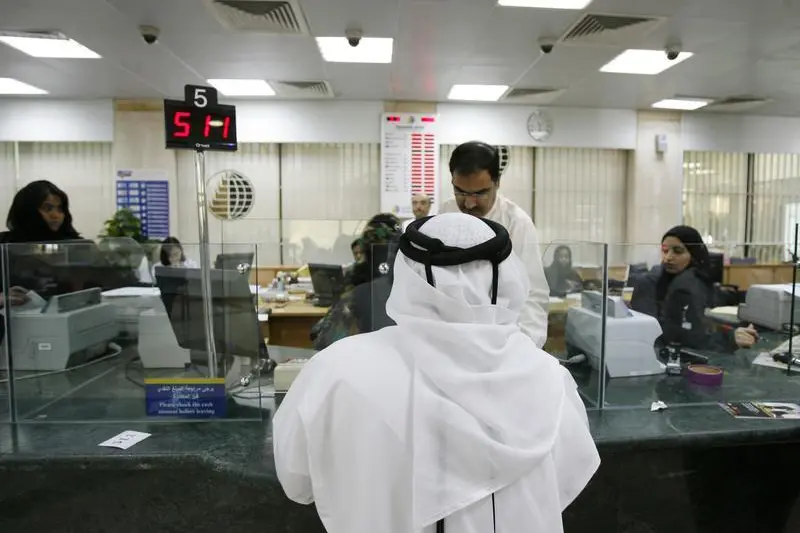PHOTO
Thursday, Feb 16, 2017
Dubai: Asset growth of GCC banking sector lost momentum last year and the overall loan growth is expected to decline further in 2017 according to rating agency Standard & Poor’s.
Growth in lending to the private sector halved to 5 per cent on average last year, compared with 10 per cent in 2015.
“In 2017-2018, we expect this situation to continue as the government’s policy response to lower oil prices continues to take the form of spending cuts and the postponement of infrastructure projects. Under our base-case scenario, we expect private sector lending growth to reach 5 per cent to 7 per cent on average for the banking systems of the six GCC countries for 2017-2018,” said Suha Urgan, banking sector analyst at S&P.
With the GCC banks performance strongly correlated to their respective real economies, S&P expects the less-supportive economic environment to drive down asset quality indicators further.
“We foresee further deterioration in 2017-2018 and the downward trend to last for at least two years, barring any unexpected increase in hydrocarbons prices,” said Urgan.
The rating agency expect that contractors, subcontractors, small and mid-size enterprises (SMEs), and highly leveraged retail clients will drive the deterioration of asset quality, as the drop in economic prospects has a negative bearing on project pipelines, government subsidies, salaries, and job markets.
The greater exposure of some banks to the real estate sector, specifically some of the large Islamic banks, is also a factor to watch in the current asset quality cycle, specifically for the Kuwaiti, Omani, and the UAE markets.
Non-performing loans (NPLs) to total loans ratio reached 2.7 per cent on average for S&P rated banks last year, with an average coverage ratio of 142 per cent. “Under our base-case scenario, we think that NPLs could increase to 4 per cent to 5 per cent over the next two years and credit losses could double over the same period,” said Urgan.
Slowing loan growth and deterioration in asset quality is expected to reflect on profitability of GCC banks in 2017. “We foresee an increase in credit losses due to the less-supportive economic environment. Banks with exposure to contractors, subcontractors, SMEs, and some segments of the retail sector will drive the trend. We therefore expect revenue growth to decelerate and banks to focus on improving their cost bases (by closing branches and reducing staff) to mitigate the impact,” said Urgan.
Funding and liquidity
Overall cost of funding is expected to increase due to lower liquidity, a direct consequence of the low oil prices and increase in interest rates.
Growth in customer deposits slowed to 2.4 per cent in the first nine months of 2016, compared to 5.4 per cent in 2015, for banks in the GCC. The trend of slowing customer deposits growth is likely to continue in 2017 and 2018. This is because governments and their related entities, whose deposits depend on oil prices, contributed between 20 per cent and 35 per cent of the total deposits of GCC banks and with the oil prices continuing to remain low.
Despite pressure on liquidity, in relative terms, GCC banks’ funding profile remains strong by international standards. It is mostly dominated by core customer deposits, while the use of wholesale funding remains limited, except for a few large and sophisticated issuers.
By Babu Das Augustine Banking Editor
Gulf News 2017. All rights reserved.












